
This activity from Nrich mathematics encourages students to explore combinations and patterns systematically.
- Subject:
- Mathematics
- Material Type:
- Activity/Lab
- Date Added:
- 05/31/2021

This activity from Nrich mathematics encourages students to explore combinations and patterns systematically.
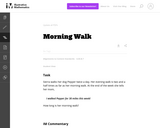
This task presents a straight forward question that can be solved using an equation in one variable. The numbers are complicated enough so that it is natural to set up an equation rather than solve the problem in one's head.
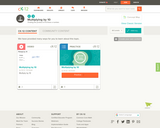
This short video and interactive assessment activity is designed to teach second graders about multiplying by 10.
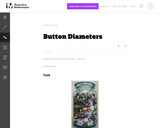
The purpose of this task is for students to relate addition and subtraction problems to money and to situations and goals related to saving money.
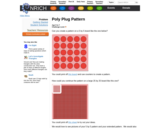
Students create and extrapolate patterns on an array for this Nrich activity.
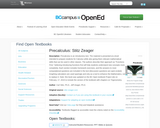
Precalculus (was College Algebra) is an introductory text. The material is presented at a level intended to prepare students for Calculus while also giving them relevant mathematical skills that can be used in other classes. The authors describe their approach as "Functions First," believing introducing functions first will help students understand new concepts more completely. Each section includes homework exercises, and the answers to most computational questions are included in the text (discussion questions are open-ended). Graphing calculators are used sparingly and only as a tool to enhance the Mathematics, not to replace it. Note: this book was updated on the BC Open textbook Project site on February, 17, 2015 to include the version of the textbook with chapters on Trigonometry.
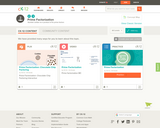
This short video and interactive assessment activity is designed to teach third graders about prime factorization.
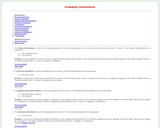
This page of Statistical Java describes 11 different probability distributions including the Binomial, Poisson, Negative Binomial, Geometric, T, Chi-squared, Gamma, Weibull, Log-Normal, Beta, and F. Each distribution has its own applet.
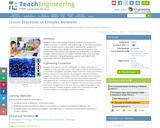
Building on their understanding of graphs, students are introduced to random processes on networks. They walk through an illustrative example to see how a random process can be used to represent the spread of an infectious disease, such as the flu, on a social network of students. This demonstrates how scientists and engineers use mathematics to model and simulate random processes on complex networks. Topics covered include random processes and modeling disease spread, specifically the SIR (susceptible, infectious, resistant) model.

This short video and interactive assessment activity is designed to teach fifth graders about reducing simplest form - word problems.
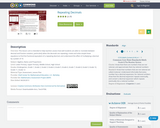
This lesson unit is intended to help teachers assess how well students are able to: translate between decimal and fraction notation, particularly when the decimals are repeating; create and solve simple linear equations to find the fractional equivalent of a repeating decimal; and understand the effect of multiplying a decimal by a power of 10.
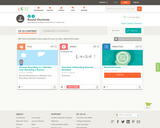
This short video and interactive assessment activity is designed to teach second graders an overview of rounding decimal numbers.
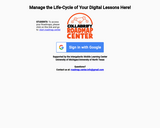
This Roadmap addresses rounding numbers to the nearest 10 and 100.

Students will explore sampling variability in the sample means of different random samples of a population, using data on Internet access from the U.S. Census Bureau’s American Community Survey.
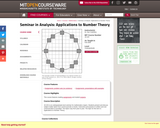
Seminar for mathematics majors. Students present and discuss the subject matter, taken from current journals or books. Topics vary from year to year. Topic for Fall 2002: Quantum calculus. Instruction and practice in oral communication provided.
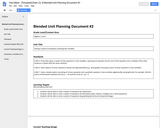
Students will be able to solve a system of equations using substitution, elimination and graphing techniques. Primary focus is on linear systems with two variables. Exploration is on systems involving quadratics, linears and circles with graphing.
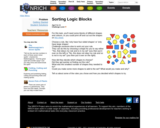
This Nrich activity can be used to build up children's confidence with the language associated with 2D shape.
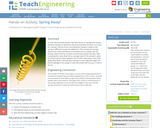
This lab demonstrates Hooke's Law with the use of springs and masses. Students attempt to determine the proportionality constant, or k-value, for a spring. They do this by calculating the change in length of the spring as different masses are added to it. The concept of a spring's elastic limit is also introduced, and the students test to makes sure the spring's elastic limit has not been reached during their lab tests. After compiling their data, they attempt to find an average value of the spring's k-value by measuring the slopes between each of their data points. Then they apply what they've learned about springs to how engineers might use that knowledge in the design of a toy that enables kids to jump 2-3 feet in the air.
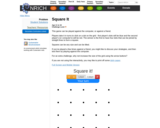
This Nrich game offers an excellent opportunity to practice visualizing squares and angles on grids and also encourages students to look at strategies using systematic approaches. Describing strategies to others is always a good way to focus and clarify mathematical thought.
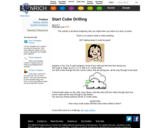
The whole idea of this Nrich problem is to invite children to picture something in their mind and in this instance, pupils will need to be familiar with properties of a cube. Ideally, it would be good to encourage your class to tackle this challenge purely by trying to imagine what is happening. To convince you and each other of their solutions, they will need to explain particularly carefully what they are picturing, which can be quite tricky, and you may find that they gesticulate rather a lot! In order to reach a joint conclusion, you might find it helpful to make a model of the cube from interlocking cubes.